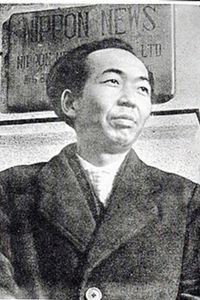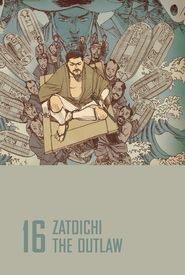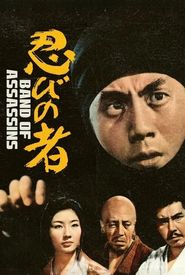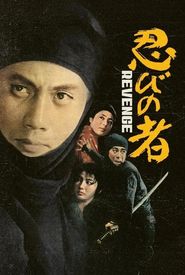Satsuo Yamamoto, a Japanese film director of great renown, came into the world on July 15, 1910, within the boundaries of Kagoshima Prefecture. Despite having the opportunity to continue his academic pursuits at Waseda University, Yamamoto made the bold decision to abandon his studies and instead venture into the world of filmmaking by joining the esteemed Shochiku company. It was during his time at Shochiku that Yamamoto had the privilege of working under the guidance of the celebrated director Mikio Naruse, as well as other highly respected professionals within the industry.
As Naruse relocated to PCL, Yamamoto chose to follow suit, and it was during this period that he began to hone his skills and develop his own unique style as a filmmaker. Ultimately, his hard work and dedication paid off, and he rose through the ranks to become a director in his own right. This significant milestone in his career came about after the company, which had undergone a rebranding, was renamed Toho.
Isamu Yamamoto, a multifaceted individual with a unique blend of artistic and ideological passions, played a pivotal role in shaping Japan's cinematic landscape during World War II.
As a dedicated member of the Japanese Communist Party (JCP),Yamamoto paradoxically directed several propaganda films for Toho, a major Japanese film studio, despite his party's staunch anti-fascist stance.
Following Japan's defeat in World War II, Yamamoto's commitment to the JCP only intensified, and he emerged as a leading figure in the 1948 Toho labour dispute, a tumultuous period marked by intense union activism and strikes.
Influenced by his JCP affiliation, Yamamoto's involvement in the labour dispute ultimately led to his termination from Toho, a poignant reminder of the complex and often fraught relationships between art, politics, and ideology.
Yamamoto's illustrious career in the realm of independent filmmaking was marked by a remarkable accumulation of socially conscious and rebellious cinematic endeavors. Beginning in the 1960s, he embarked on a trajectory of directing a multitude of noteworthy films, including adaptations of esteemed novelist Toyoko Yamasaki's literary masterpieces, the "Men and War" trilogy, and the thought-provoking "Kotei no inai Hachigatsu".
Satsuo Yamamoto, a renowned Japanese film director, left an indelible mark on the cinematic world with his remarkable body of work. Among his notable films, three stood out for their exceptional quality, earning the prestigious Mainichi Film Award for Best Film: Shiroi Kyotō, Fumō Chitai, and Ah! Nomugi Toge. These critically acclaimed masterpieces not only showcased Yamamoto's skillful direction but also his unwavering dedication to his craft.
Tragically, Satsuo Yamamoto's life was cut short when he succumbed to pancreatic cancer on August 11, 1983, at the age of 73. This devastating loss was a significant blow to the film industry, as Yamamoto's contributions had left an enduring impact on Japanese cinema. Despite his passing, his legacy continues to inspire and influence generations of filmmakers to come.






















